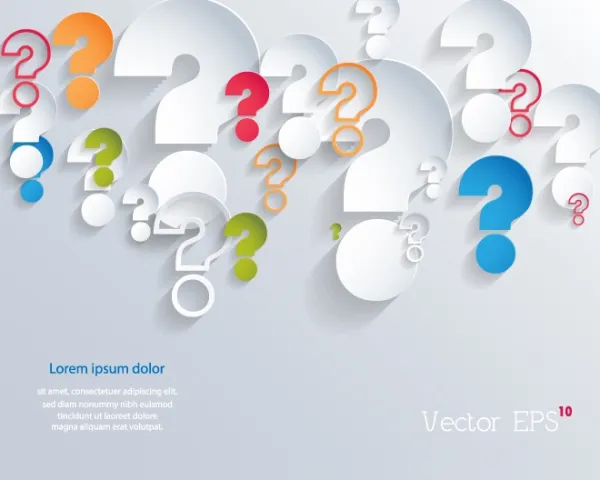Will You Be Able to Code These Services Next Year?

Take this 2015 coding quiz to ensure that you’re ready for the calendar to turn.
With the New Year approaching quickly, it’s time to ensure that you have a firm handle on the new codes, regulations and guidance for 2015. To help you determine where you’re a coding ace and where you might need to study before January hits, we’ve compiled the following five questions about 2015 coding, along with the answers you’ll need to confirm that your coding strategy is on point.
Question 1. Which code will you report effective Jan. 1 when your surgeon uses rigid esophagoscopy to treat Zenker’s diverticulum?
Starting in 2015, your new code for this service will be 43180 (Esophagoscopy, rigid, transoral with diverticulectomy of hypopharynx or cervical esophagus [eg, Zenker’s diverticulum], with cricopharyngeal myotomy, includes use of telescope or operating microscope and repair, when performed).
Although it seemed like CPT® 2014 had enough new esophagoscopy codes to last for years, the latest edition of the coding manual surprised some coders by including 43180 as a new code effective Jan. 1. This code will enable gastroenterologists or other specialists to identify the emerging procedure used for non-surgical and non-incisive removal and repair of Zenker’s diverticulum. The procedure is also variously known as endoscopic transoral stapling of Zenker’s diverticula, transoral resection of short segment Zenker’s diverticulum, endoscopic cricopharyngeal myotomy, transoral repair of Zenker’s diverticulum, and other conditions.
Question 2: Which code should you report in 2015 when the physician replaces a permanent S-ICD system, both removing and inserting the defibrillator system at the same session?
Effective Jan. 1, you’ll report 33270 (Insertion or replacement of permanent subcutaneous implantable defibrillator system, with subcutaneous electrode, including defibrillation threshold evaluation, induction of arrhythmia, evaluation of sensing for arrhythmia termination, and programming or reprogramming of sensing or therapeutic parameters, when performed) for this service.
In the past, you reported Category III code 0323T for this service, but that code will be deleted in the New Year. Code 33270 will apply to occasions when the physician inserts or replaces the complete system, including the electrode, at the same session. The code also includes defibrillation threshold evaluation, arrhythmia induction, sensing evaluation, and programming or reprogramming when the physician performs those services at the same session as the insertion or replacement.
Question 3: How should you report endoscopy of an ileal conduit and dilation of a stomal stenosis next year?
In 2015, the new code for this service will be 44381 (Ileoscopy, through stoma; with transendoscopic balloon dilation). Urologists needed this code so they could appropriately report a service that they perform to treat stenosis of the cutaneous opening of an ileal conduit.
Question 4: Which modifier will apply in 2015 when the physician performs two procedures on the same date, one of which is on the hand and another on the leg?
Although in the past, this would have been prime modifier 59 (Distinct procedural service) territory, that will no longer be the case as of Jan. 1. Instead, you’ll report modifier XS (Separate structure) with your claim to show the MAC that your physician addressed separate body sites. Although modifier 59 will still be billable for other services, CMS has asked providers to begin using the “X” modifiers in lieu of -59 when they apply, because they offer more details about the reason you believe you deserve reimbursement for both services.
Question 5: Which code applies next year for vertebroplasty of the cervical spine?
You can say goodbye to unlisted code 22899 for cervical spinal vertebroplasty, because CPT® 2015 includes code 22510 (Percutaneous vertebroplasty (bone biopsy included when performed), 1 vertebral body, unilateral or bilateral injection, inclusive of all imaging guidance; cervicothoracic) to describe this service.
In fact, CPT® included a major overhaul to the vertebroplasty and kyphoplasty options, so consult this section of your code book when reporting these services after Jan. 1.

